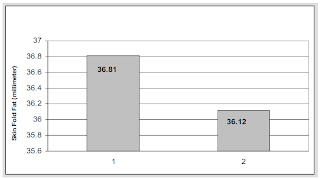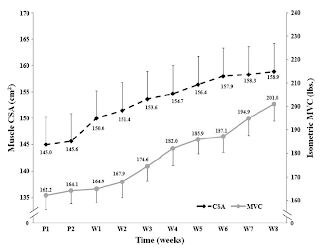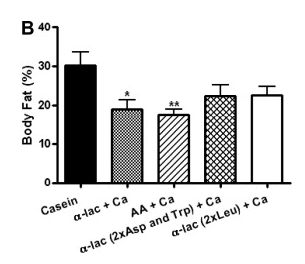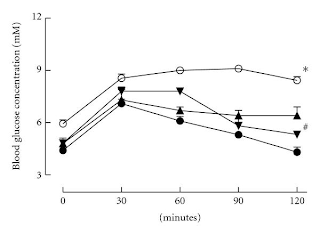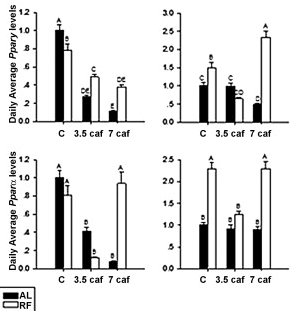An Old Dog Learns New Tricks: "Fatloss Fat" Tetradecylthioacetic Acid (TTA) Cardioprotective in Diabetic Rats

Do you remember the acronym TTA? Tetradecylthioacetic Acid ? No. Well, I guess then you were not into fat burners in the early 2000s. TTA , a thia-fatty acid, was all the rage back in the day: Supplement producers claimed it would literally melt fat away and it actually turned out that some users had outstanding results megadosing respective supplements. Others, however, got bloated and/or started cramping . In view of these nasty side effects, most companies decided to reformulate their products and - with the exception of a few so-called "non-thermogenic" fat burners - TTA has almost disappeared from the market. An international team of scientists from Norway and Canada ( Khalid. 2011 ) has now discovered that the artificial fatty acid tetradecylthioacetic acid, which was originally intended as a drug for the treatment of the metabolic syndrome, might have the potential to protect type II diabetics from heart attacks. In a previous study ( Hafstad. 2009 ) the scientist...



